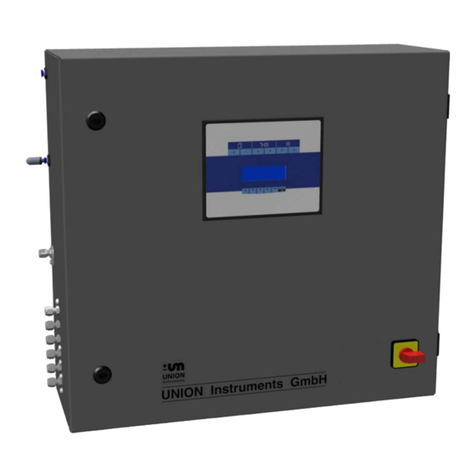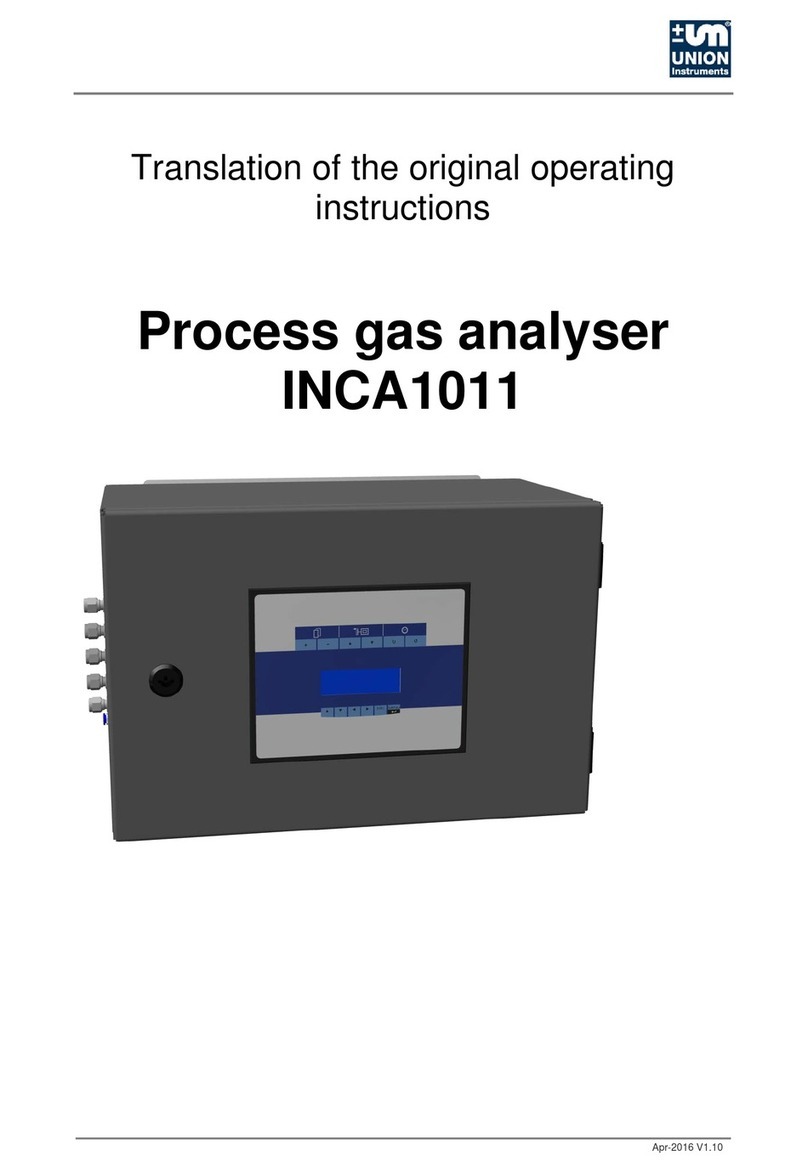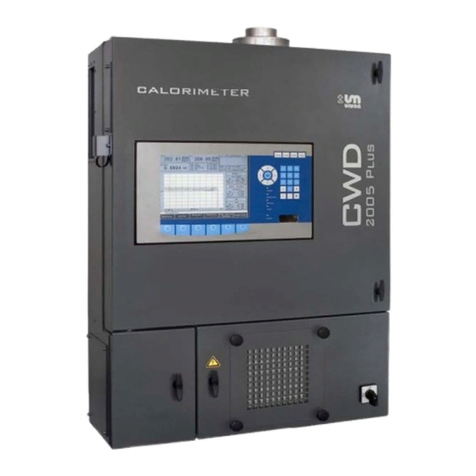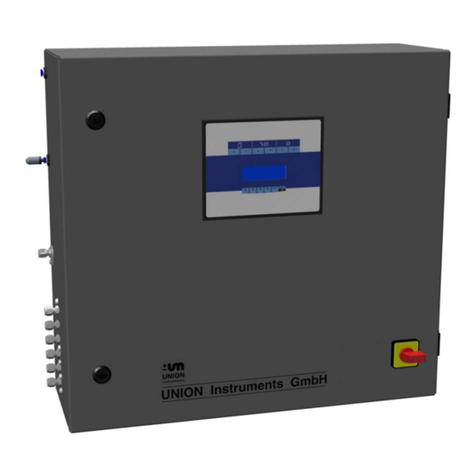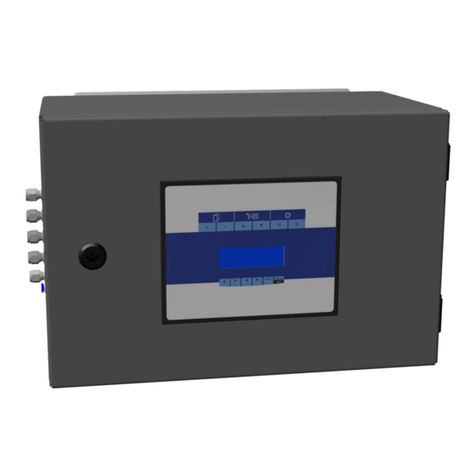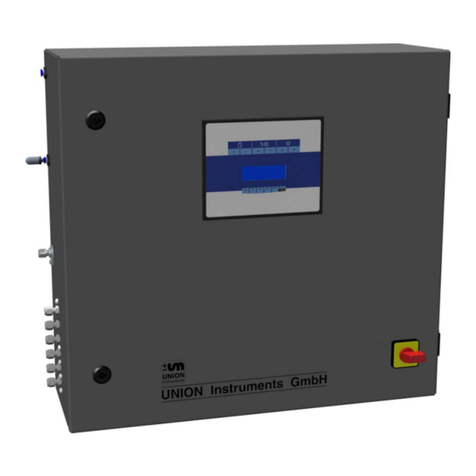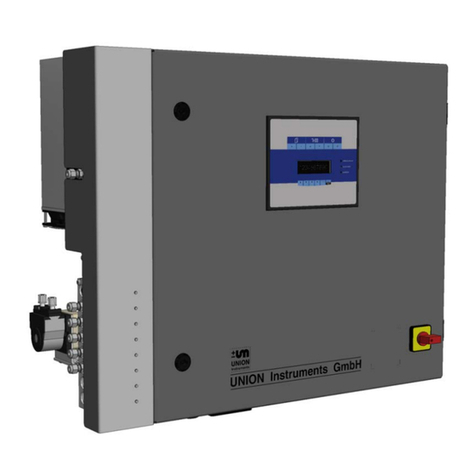Table of contents
1Technical Data CWD2005 DPC...............................................................................1—1
1.1 Technical Data Combustion calorimeter............................................................1—3
1.2 System limits and overview ...............................................................................1—5
1.3 Dimensions .......................................................................................................1—6
2EC declaration of conformity .................................................................................2—1
3Safety notes.............................................................................................................3—1
3.1 Warnings and symbols......................................................................................3—2
3.2 Fundamentals of proper use..............................................................................3—3
3.3 Personnel and qualifications..............................................................................3—4
3.4 Safety notes......................................................................................................3—5
3.5 Operator safety precautions ..............................................................................3—9
3.6 Regular operator training.................................................................................3—10
3.7 Workplace hazard analysis..............................................................................3—10
4Safety device system..............................................................................................4—1
4.1 Main switch .......................................................................................................4—2
4.2 Instrument air purged and pressurised housing.................................................4—2
4.3 Locks and doors of the housing.........................................................................4—2
4.4 Flame arresters.................................................................................................4—2
4.5 Cable / line glands.............................................................................................4—2
4.6 Pressure switch, pressure too low.....................................................................4—2
4.7 Safety switch.....................................................................................................4—3
4.8 Thermal fuse.....................................................................................................4—3
4.9 Solenoid valve...................................................................................................4—3
4.10 Fan....................................................................................................................4—3
4.11 Markings and warning system...........................................................................4—4
5Connections, transport, setting up........................................................................5—1
5.1 Description and connections..............................................................................5—2
5.2 Transport...........................................................................................................5—6
5.3 Ambient conditions............................................................................................5—7
5.4 Installing and connecting...................................................................................5—7
5.5 Startup after setup...........................................................................................5—23
5.6 Documentation................................................................................................5—26
6Commissioning, operation, removing from service ...........................................6—27
6.1 Commissioning / start-up.................................................................................6—28
6.2 Description of the workplaces / operating elements.........................................6—30
6.3 Operation ........................................................................................................6—31
6.4 Decommissioning / switching off......................................................................6—32
7Operation combustion calorimeter......................................................................7—33
7.1 Operation of film keyboard / description of display...........................................7—34
7.2 Basics on operation.........................................................................................7—36
7.3 Available displays............................................................................................7—36
7.4 General information on the start screen...........................................................7—37
7.5 Menu structure ................................................................................................7—38
7.6 Main menu ......................................................................................................7—39
8Maintenance and service........................................................................................8—1
8.1 Service..............................................................................................................8—2
8.2 Troubleshooting Ex protective housing..............................................................8—8
8.3 Troubleshooting Combustion Calorimeter........................................................8—11












